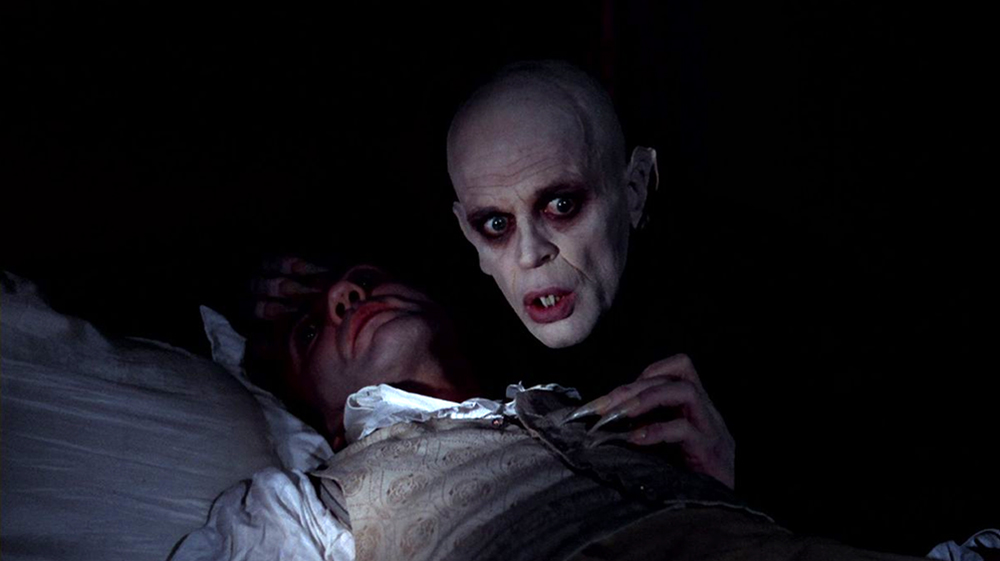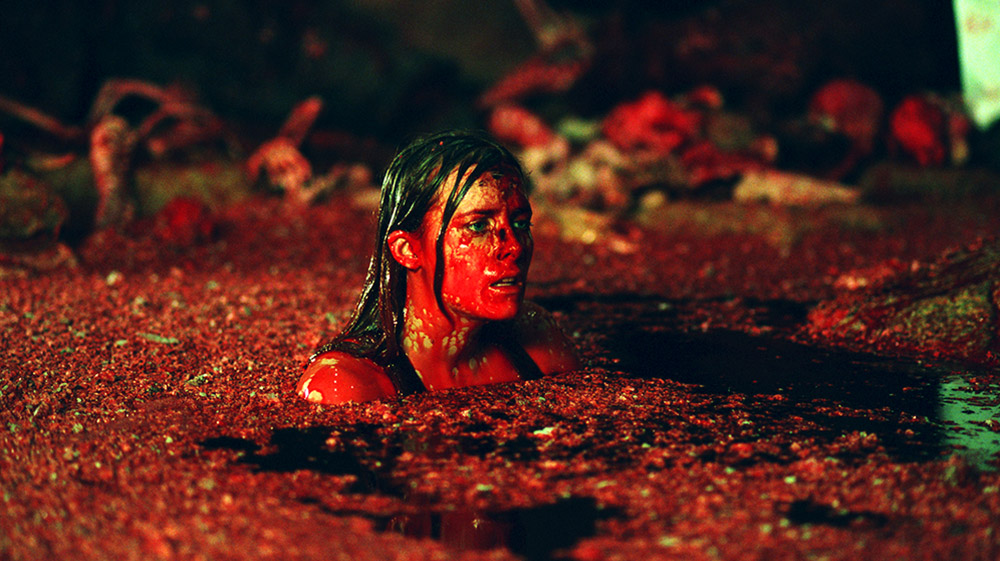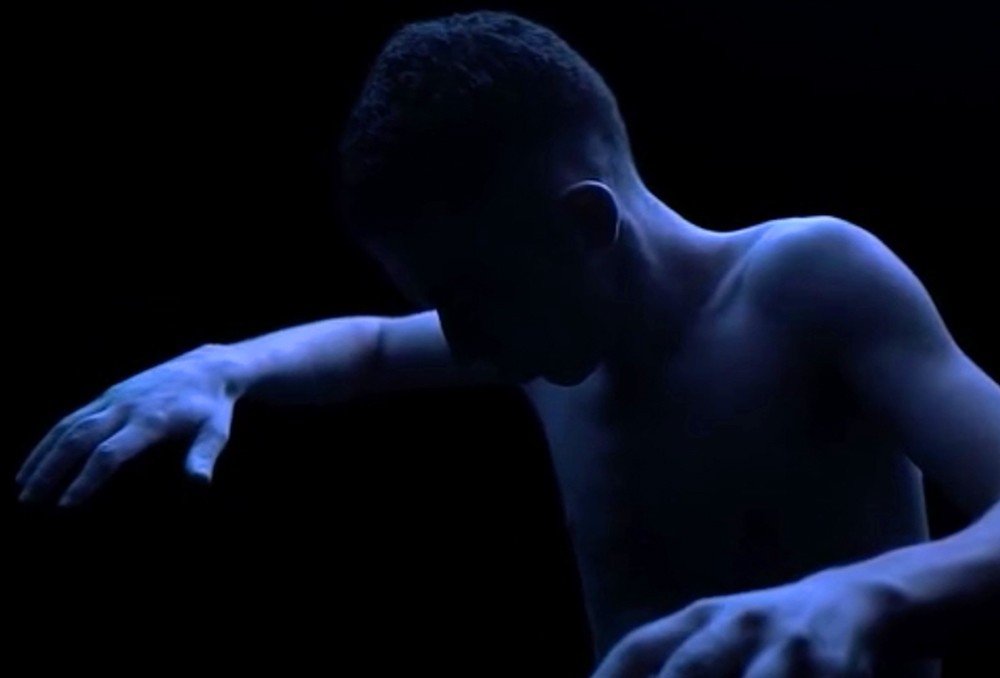Do you want to see something really scary?
It’s the question of the month. And the answer is yes—emphatically yes. But what terrifies you might not faze me at all. Horror films tap into our hidden (and not-so-hidden) reserves of trauma and phobia to agonize and excite us, plucking residual childhood anxieties like a string, reanimating cautionary fairy tales and urban myths, playing tricks with light, shadow, special effects—and, these days, CGI—to treat us to the things we fear the most… and secretly thrill to experience, from the vicarious safety of a living room sofa or theater seat.
My earliest association with horror was childhood readings of Edgar Allan Poe, which surely cast a more elegiac, mysterious kind of spell than many of the films those stories inspired (see Roger Corman’s nonetheless deliciously campy adaptations of the early 1960s, starring Vincent Price). But the truly terrifying stuff was the movies I never got to see (at that age), glimpsing them only in the coming attractions reel when my parents took me to the drive-in, usually for Clint Eastwood Westerns. Even a brief trailer for The Skull (Peter Cushing, Christopher Lee and, yep, a skull) had me screaming. Nothing more than some dumb skeletal prop zooming up from the screen with flashing colors and thunderous sounds paralyzed me in a shout.

Later, when nastier and more realistically harrowing films like Wes Craven’s Last House on the Left came through town, it only took a ridiculous radio promotion to make my pulse race. “Keep telling yourself it’s only a movie,” came the announcer’s warning, delivered in the greasy tone of a depraved sadist. “It’s only a movie.” I told myself, but it didn’t help. I had to achieve puberty before my parents finally let me watch Alfred Hitchcock’s The Birds on TV. Maybe this explains, by the time I got to college, why I craved horror and the genre-adjacent like a Romero zombie tooling for brains. The Texas Chain Saw Massacre, Eraserhead, Nosferatu (Murnau’s and Herzog’s), The Wicker Man, anything produced by Val Lewton. Elevated, trashy, surreal, you name it. What made a successful horror film for me wasn’t explicit gore or jump scares, but the screen’s transmission of something primal and existential. A dual sense of dread and awe, the breathtaking evidence of things unseen (unspeakable things!) that could freeze you in your seat. A sublime example from recent years is the opening section of Jonathan Glazer’s Under the Skin, with its Kubrickian chill and visual abstraction, accompanied by Mica Levi’s eerie, scraping violins.
Talking a few years ago with the English director Ben Wheatley, who occasionally taps into the folk-horror that seems a birthright (Kill List, In the Earth), he observed how the Neil Marshall gem The Descent, about a group of women on a doomed cave-diving expedition, really could have existed without the terrifying subterranean creatures that menace the cast. For Wheatley, the notion of spelunking scares him shitless; that alone would get the job done. A fear of the dark, the unknown, the damp and chill, is everything nightmares are made of. Which is why maybe the scariest moment in cinema is when Leatherface drags his prey into a room of the film’s accursed charnel house, and slams shut its bulky metal door.

Each decade unearths its own creature features: UK Hammer horror in the 1950s. The auteur excursions of the 1960s (think Rosemary’s Baby, Psycho and Peeping Tom, the nihilist jolt of Night of the Living Dead), ’70s grindhouse, ’80s franchise horror (serial killers and serial numbers), ’90s J-Horror, ’00s New French Extremity, and let us not forget mumblegore. However, these days I worry that Hollywood and the bigger streaming platforms fear nothing greater than originality and are actively suppressing those visions. (Editor’s note: we’re not talking about you, Screambox!)
Hence, the endless rubber stamping of existing intellectual properties: reboots, remakes, rinse and rehash. This month, we have another Halloween (even if it’s the “last” of a series and directed by George Washington auteur David Gordon Green) and another Hellraiser (even if it’s directed by David Bruckner, whose collaborative 2007 The Signal was one of that decade’s freshest genre inventions). Bigger-budget originality seems limited to new seasons of “Stranger Things,” a series I enjoy that is also rapidly exhausting its ’70s and ’80s genre sources to nostalgically call back to.
Now that’s scary.




